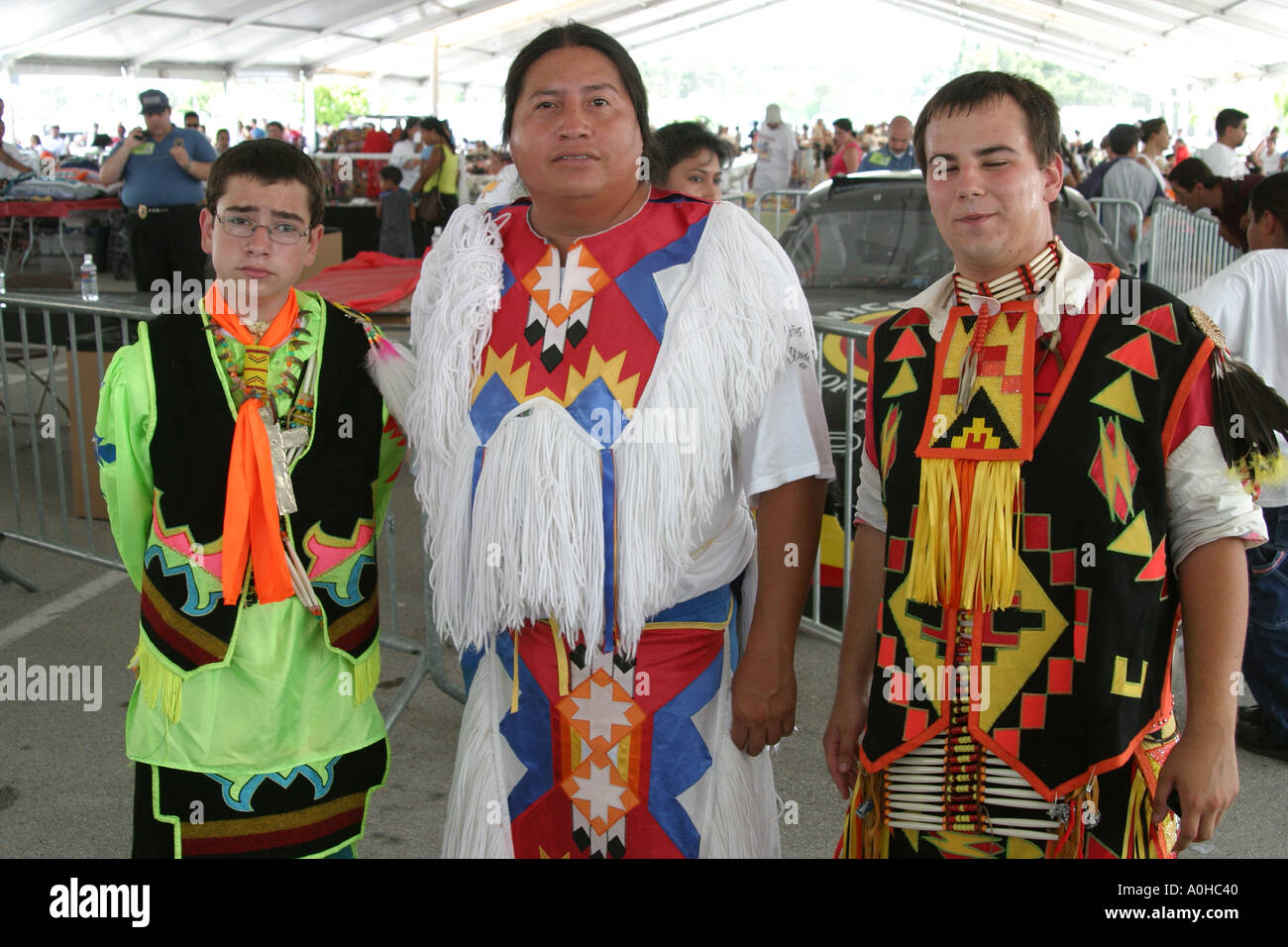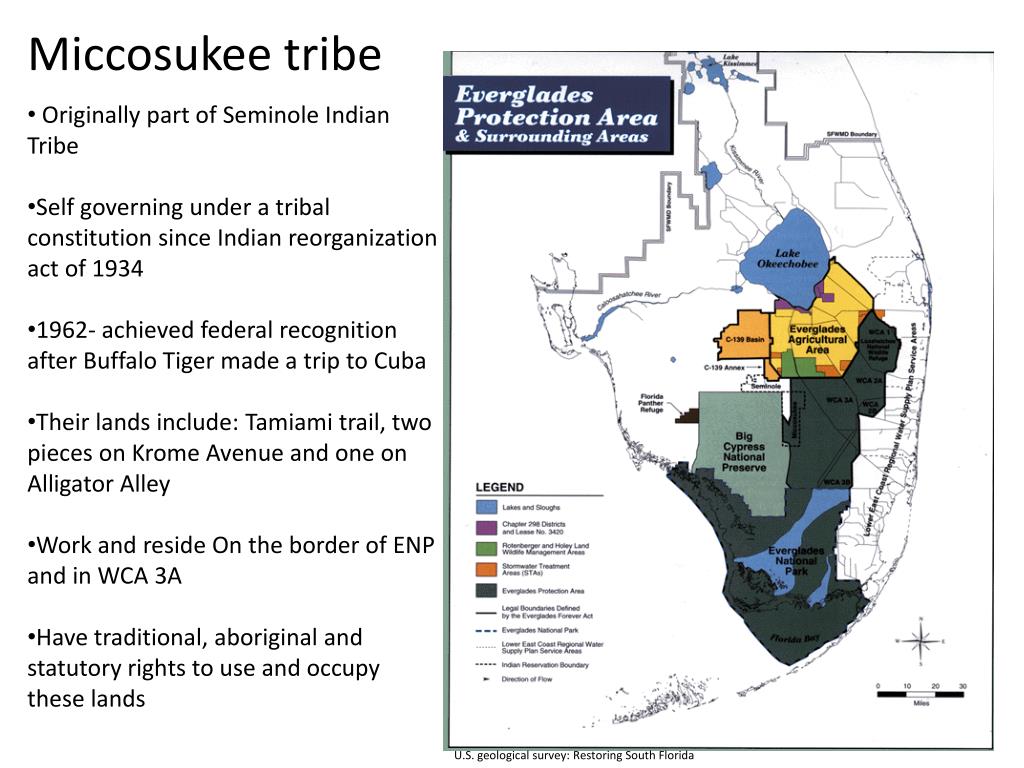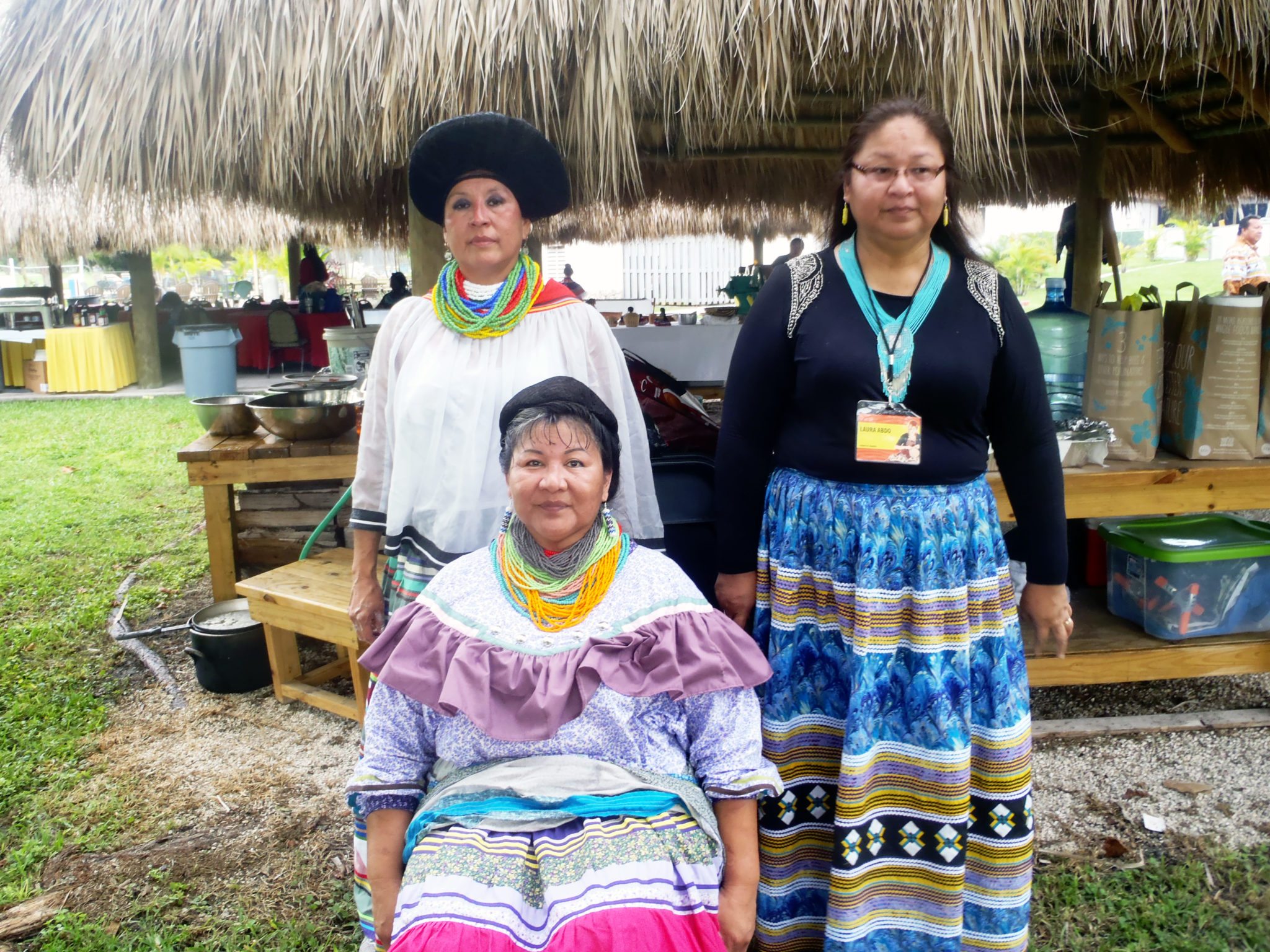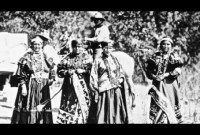
Guardians of the Glades: The Enduring Connection Between the Miccosukee and the Everglades
The whispers of the wind through sawgrass, the haunting cry of a rare bird, the slow, deliberate flow of water across an emerald expanse – this is the Florida Everglades. It is a unique and fragile ecosystem, a vast river of grass unlike anywhere else on Earth. But for the Miccosukee Tribe of Indians, the Everglades is far more than a landscape; it is their ancestral home, their lifeblood, and the very foundation of their identity. Their story is one of profound connection, fierce resilience, and an ongoing struggle to protect a place that defines who they are.
For centuries, long before European explorers ever set foot on Florida’s shores, the ancestors of the Miccosukee lived in harmony with this wetland wilderness. They navigated its intricate waterways in cypress canoes, hunted its abundant wildlife, and understood its rhythms with an intimacy that modern science is only beginning to grasp. Their knowledge of medicinal plants, the migratory patterns of birds, and the subtle shifts in water levels was not just survival skill; it was a spiritual inheritance, passed down through generations.

The arrival of European settlers brought immense upheaval. The Seminole Wars of the 19th century, particularly the second and third conflicts, saw the U.S. government attempt to forcibly remove Florida’s indigenous populations to Indian Territory (present-day Oklahoma). While many Seminoles were deported, a resilient core, including the ancestors of the Miccosukee, refused to yield. They retreated deeper into the impenetrable vastness of the Everglades, using its dense hammocks, winding sloughs, and treacherous sawgrass as a natural fortress. This period forged an unbreakable bond between the people and the land. "The Everglades was our mother," many elders recall, "it hid us, fed us, and kept us free." Here, isolated from the encroaching world, their distinct language (Mikisúkî), customs, and culture flourished, separate from the Seminoles who had settled elsewhere.
It wasn’t until the mid-20th century that the Miccosukee began to formally organize and seek federal recognition. The Indian Reorganization Act of 1934 had encouraged tribes to establish self-governing bodies, but the Miccosukee, having remained largely hidden, were initially overlooked. In the 1950s, as development pressed in on all sides and federal termination policies threatened to dissolve tribal identities, the Miccosukee made a crucial decision: they would seek their own distinct recognition, separate from the Seminole Tribe of Florida. This was a pivotal moment in their fight for self-determination. In 1962, after years of persistent advocacy, the Miccosukee Tribe of Indians was formally recognized by the U.S. federal government, a landmark achievement that granted them the sovereign rights necessary to protect their way of life and their ancestral lands.
This sovereignty is not merely a legal status; it is the bedrock upon which the tribe has built its modern existence. It allows them to govern themselves, establish their own laws, and manage their own resources, including the modest land bases they hold along the Tamiami Trail and within the Big Cypress National Preserve. These lands, though small compared to their historic range, are vital for maintaining their cultural practices and a tangible link to their past.
However, modern life in the Everglades presents a complex balancing act. While the Miccosukee embrace elements of the contemporary world, they do so on their own terms, ensuring that progress never overshadows tradition. A prime example of this is their economic development, particularly the Miccosukee Resort & Gaming. For many tribes across the United States, gaming has provided a pathway to economic self-sufficiency, allowing them to fund essential services like healthcare, education, and housing for their members, without relying solely on federal aid. For the Miccosukee, the casino serves a deeper purpose. "We use the casino to protect our culture, not to replace it," a tribal spokesperson once articulated. The revenue generated directly supports initiatives aimed at cultural preservation, including language revitalization programs, traditional craft workshops, and the maintenance of their traditional way of life, including airboat tours that showcase the Glades and their connection to it.
The airboat, a seemingly modern invention, has become an iconic symbol of the Miccosukee’s adaptation to the Everglades. While traditional canoes were propelled by paddles, the airboat, with its flat bottom and powerful fan, allows access to vast areas of shallow water that would otherwise be impassable. It’s a tool that bridges the gap between ancient knowledge and modern utility, enabling tribal members to continue hunting, fishing, and navigating their ancestral lands effectively. The Miccosukee Cultural Village, located off the Tamiami Trail, offers visitors a glimpse into their history and customs, featuring alligator wrestling shows, craft demonstrations, and historical exhibits – a way to educate the public while asserting their identity.
Yet, despite their resilience and ingenuity, the Miccosukee face existential threats to their homeland. The Everglades, already diminished by half its original size due to drainage and development, is under constant siege. Water diversion for agriculture and urban growth has disrupted the natural flow, impacting the delicate balance of flora and fauna. Pollution, particularly from agricultural runoff containing phosphorus, has devastated parts of the ecosystem, leading to algal blooms and a decline in native species.
The Miccosukee have been vocal, persistent advocates for the Everglades’ protection. They are often the first to sound the alarm when environmental degradation occurs, understanding that the health of the ecosystem directly impacts their own well-being. They have engaged in numerous legal battles, challenging state and federal agencies over water quality, land management, and restoration efforts. Their deep, inherited knowledge of the Everglades provides them with a unique perspective, often at odds with the short-term economic interests of developers and agricultural industries.
Perhaps the most daunting threat on the horizon is climate change. Rising sea levels pose an unprecedented danger to the low-lying Everglades, threatening to push saltwater inland, contaminating freshwater supplies, and altering the delicate balance of an ecosystem that depends on precise salinity levels. For the Miccosukee, whose homes and cultural sites are often at or near sea level, this is not a distant scientific projection but an immediate, tangible threat to their very existence as a distinct people. "The water is our blood," is a commonly heard refrain, emphasizing that if the Everglades dies, so too does a part of their soul.

The Comprehensive Everglades Restoration Plan (CERP), a massive federal and state initiative, aims to restore the natural flow of water and revitalize the ecosystem. While the Miccosukee support the goal of restoration, they often express concerns about the pace of the project and whether it adequately addresses their specific needs and the unique challenges they face as sovereign guardians of the Glades. They insist on having a seat at the table, ensuring that indigenous knowledge and concerns are central to any conservation strategy.
The future of the Miccosukee Tribe is inextricably linked to the future of the Everglades. Their children are still taught to hunt, fish, and respect the land and water that sustained their ancestors. They strive to instill in the younger generations the profound responsibility of stewardship, ensuring that the legacy of their forebears endures. Their struggle is a microcosm of the larger global challenge of balancing human progress with environmental preservation, of respecting indigenous rights, and of listening to the voices of those who have lived in harmony with the land for millennia.
As long as the sawgrass stretches towards the horizon and the water flows, the Miccosukee will remain the Everglades’ most ardent protectors. Their story is a powerful reminder that true conservation is not just about preserving a landscape; it’s about honoring the deep, spiritual, and historical connections that bind people to the place they call home. The Miccosukee are not just in the Everglades; they are of the Everglades, and their survival is a testament to the enduring power of their ancestral connection to this magnificent, wild heart of Florida.


